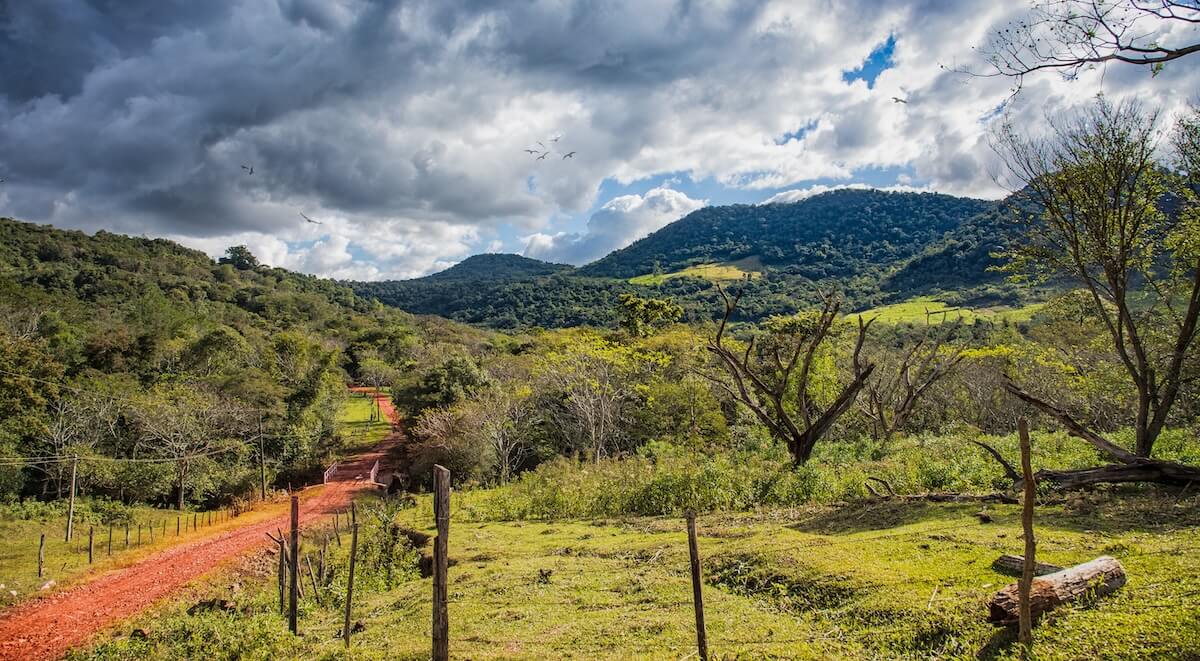Impact investing and emerging markets private equity are like twins that were separated at birth — and have once again been reunited.
[blockquote author=”” pull=”pullleft”]Approximately 20 percent of LPs said they plan to increase the value of their new emerging markets private equity commitments because they are seeking greater environmental, social and economic impact. [/blockquote]
The similarities in the two marketplaces was on display at the recent Emerging Markets Private Equity Conference, organized by the Emerging Markets Private Equity Association (EMPEA) and the International Finance Corporation (IFC). The familiar faces in the Washington, D.C. ballroom included Omidyar Network, Aavishkar and Leapfrog, along with the Abraaj Group and Tri-Linc Global.
Co-evolution
Even with spotty returns and high volatility in many emerging markets, the just released EMPEA survey indicates that more than three quarters of limited partners plan to maintain or increase their emerging markets allocation over the coming years. Approximately 20 percent of LPs said they plan to increase the value of their new emerging markets private equity commitments because they are seeking greater environmental, social and economic impact.
One notion is that basic demand for domestic goods and services such as healthcare, energy, sanitation and livelihoods is relatively uncorrelated to swings in the global economy and that investments in such sectors represents a potential hedge against volatility.
Certainly there is more to emerging markets private equity than impact investing, just as there is more to impact investing than emerging markets and market returns. Yet Pat Dineen, senior advisor to EMPEA and chair of its Impact Investing Council, pointed to similarities in the evolution of the two fields. Emerging markets private equity in its early days, like impact investing today, suffered from fragmentation, lack of track record and thin evidence base.
The conference had opened on familiar macro themes: currency risks, commodity and the power of central banks. No one from the impact universe here claimed to be immune to these. Yes, a social entrepreneur in the state of Bihar might not stare at the dollar rupee rate every day, but it was the job of a fund manager with international investors to do so.
Arif Naqvi, founder and chief executive of the Abraaj Group, had pointed out in a keynote address that in 30 years, 85 percent of the world population will be from Asia and Africa, triggering a “tectonic shift” in consumer markets.
Shared Challenges
The impact crowd wouldn’t have felt out of place in the conference discussions about the investment challenges in frontier markets such as Myanmar (“a labor of love” in the words of a panelist), and the absence or retreat of commercial lenders from frontier regions.
They would have recognized the leading market building role of development finance institutions such as the IFC, FMO, CDC and many others. Those DFIs are poised to continue their field building role and act as a gateway to bringing more institutional investor capital to the fields.
They would have hailed the words of Will Poole, Managing Partner at Capria and Unitus Seed Fund, speaking of the need for more early stage capital and mentorship for local talent during a panel on the role of innovation in emerging economies.
They would have embraced the frequently heard idea that value creation begins with alignment with the entrepreneurs.
An impact investing panel engaged a standing-room only crowd. The panelists acknowledged some skepticism about impact investing within the traditional emerging markets private capital crowd.
Mike Kubzansky, a partner at the Omidyar Network, said that impact investors could be competing for deals with mainstream investors in certain hot sectors like Fintech, but less so in other sectors like education. Debbie McCoy, a managing director at Blackrock said that many private-equity investors had begun careers with DFIs and emerging markets investing because of their commitment to social development.
Mutual Benefit
Outside of the room, members of the audience shared concerns about the costs and complexity of impact measurement. There were calls for fewer indicators and a bigger focus on outcomes rather than outputs. Impact fund managers said that “impact” was still a tough sell with this crowd.
Still, impact investing is following emerging markets private equity toward mainstream acceptance. The two market approaches share history, people, and practice. As examples of the growing evidence base for impact investments, Dineen cited the contributions by Cambridge Associates’ and the Global Impact Investing Network with their Benchmark performance study, as well as Wharton’s research on financial performance and mission preservation.
If the art of politics starts with building movements from shared interests and values, the art of deal making is about creating convergence and opportunity from a set of different interests. Investors and the populations of emerging markets alike stand to benefit from continued convergence of emerging markets private equity and impact investing.










